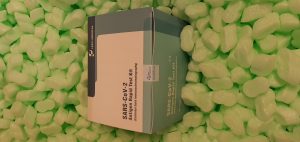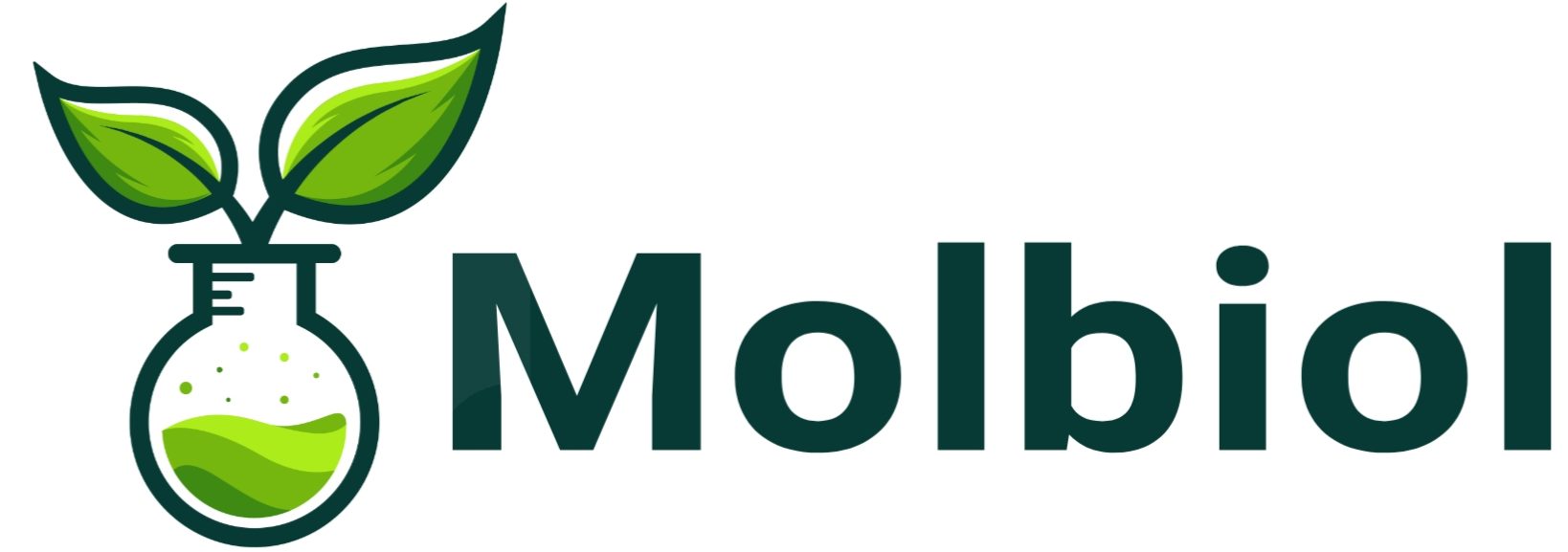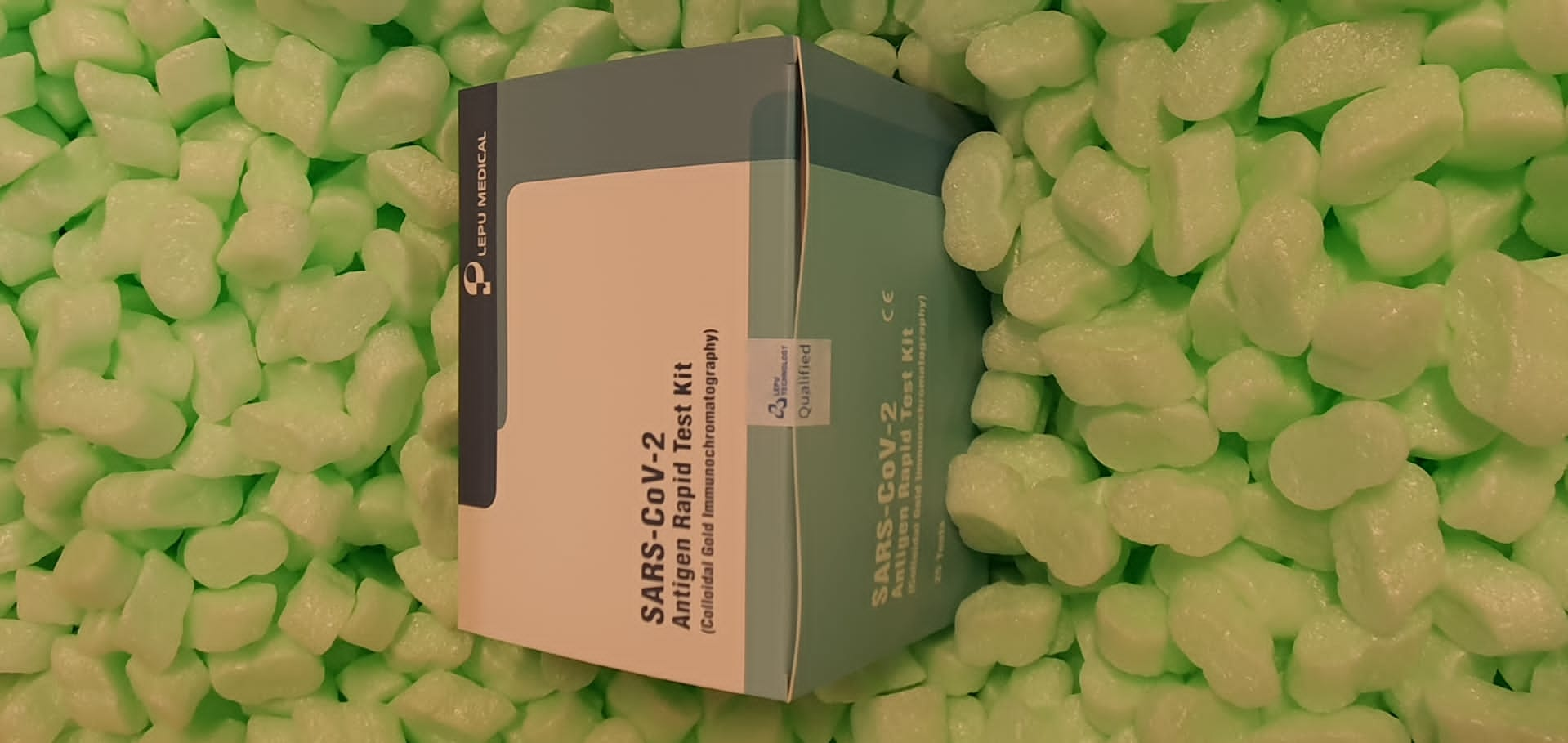Intercontinental distributions, phylogenetic place and life cycles of species of Apharyngostrigea (Digenea, Diplostomoidea) illuminated with morphological, experimental, molecular and genomic information
When subjected to molecular examine, species of digeneans believed to be cosmopolitan are often discovered to encompass complexes of species with narrower distributions. We current molecular and morphological proof of transcontinental distributions in two species of Apharyngostrigea Ciurea, 1924, based mostly on samples from Africa and the Americas. Sequences of cytochrome c oxidase I (CO1) and, in some samples, inside transcribed spacer (ITS), revealed Apharyngostrigea pipientis (Faust, 1918) in Tanzania (first recognized African document), Argentina, Brazil, USA and Canada. Sequences from A. pipientis additionally match beforehand revealed sequences recognized as Apharyngostrigea cornu (Zeder, 1800) originating in Mexico.
Hosts of A. pipientis surveyed embody definitive hosts from the Afrotropic, Neotropic and Nearctic, in addition to first and second intermediate hosts from the Americas, together with the kind host and sort area. As well as, metacercariae of A. pipientis had been obtained from experimentally contaminated Poecilia reticulata, the primary recognized document of this parasite in a non-amphibian second intermediate host. Variation in CO1 haplotypes in A. pipientis is in step with a protracted established, wide-ranging species with reasonable genetic construction amongst Nearctic, Neotropic and Afrotropic areas. We attribute this to pure dispersal by birds and discover no proof of anthropogenic introductions of unique host species.
Sequences of CO1 and ITS from grownup Apharyngostrigea simplex (Johnston, 1904) from Egretta thula in Argentina matched revealed information from cercariae from Biomphalaria straminea from Brazil and metacercariae from Cnesterodon decemmaculatus in Argentina, in step with earlier morphological and life-cycle research reporting this parasite-originally described in Australia-in South America. Analyses of the mitochondrial genome and rDNA operon from A. pipientis help prior phylogenies based mostly on shorter markers exhibiting the Strigeidae Railliet, 1919 to be polyphyletic.

Molecular Mapping of Water-Stress Responsive Genomic Loci in Lettuce ( Lactuca spp.) Utilizing Kinetics Chlorophyll Fluorescence, Hyperspectral Imaging and Machine Studying
Deep understanding of genetic structure of water-stress tolerance is essential for environment friendly and optimum improvement of water-stress tolerant cultivars, which is probably the most economical and environmentally sound strategy to take care of lettuce manufacturing with restricted irrigation. Lettuce (Lactuca sativa L.) manufacturing in areas with restricted precipitation depends closely on the usage of floor water for irrigation. Lettuce vegetation are extremely inclined to water-stress, which additionally impacts their nutrient uptake effectivity. Water burdened vegetation present lowered progress, decrease biomass, and early bolting and flowering leading to bitter flavors.
[Linking template=”default” type=”products” search=”Tetrahydrofuran for molecular biology” header=”2″ limit=”130″ start=”2″ showCatalogNumber=”true” showSize=”true” showSupplier=”true” showPrice=”true” showDescription=”true” showAdditionalInformation=”true” showImage=”true” showSchemaMarkup=”true” imageWidth=”” imageHeight=””]
Conventional phenotyping strategies to guage water-stress are labor intensive, time-consuming and vulnerable to errors. Excessive throughput phenotyping platforms utilizing kinetic chlorophyll fluorescence and hyperspectral imaging can successfully attain physiological traits associated to photosynthesis and secondary metabolites that may improve breeding effectivity for water-stress tolerance. Kinetic chlorophyll fluorescence and hyperspectral imaging together with conventional horticultural traits recognized genomic loci affected by water-stress. Supervised machine studying fashions had been evaluated for his or her accuracy to tell apart water-stressed vegetation and to determine crucial water-stress associated parameters in lettuce.

